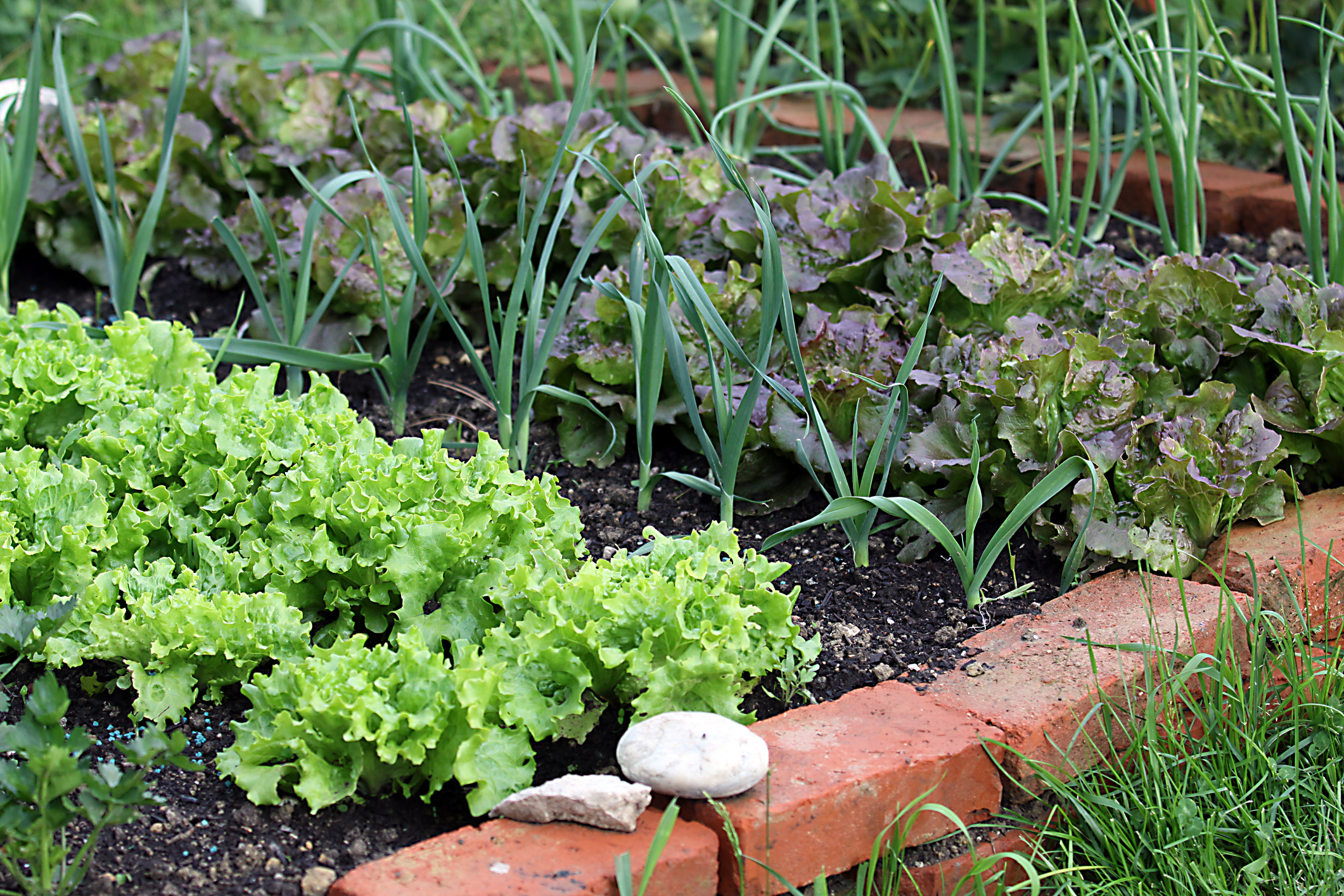For six years I have battled deer, groundhogs, racoons, squirrels and even an  opossum for control of my garden. Over time, these creatures and I have finally come to terms with one another – they take their share and I replant. Not the most economical solution, but it seems to work for us.
opossum for control of my garden. Over time, these creatures and I have finally come to terms with one another – they take their share and I replant. Not the most economical solution, but it seems to work for us.
I went into this season just knowing it would be the year for a backyard wonderland. My flower gardens would be lush, blooming profusely and my vegetables would be so bountiful that I could supply the entire neighborhood with fresh, homegrown produce….. Well, I do have a few flowers in bloom, but most are empty stalks missing even their leaves. And some of the vegetables are trying their best, but it looks like a losing proposition.
You see my newest rival has emerged – RABBITS. Dozens of them, all ages from huge, old ones to the tiniest baby bunnies you can imagine.

And those baby bunnies are the crux of the problem. My grandchildren have decided they are grandma’s new pets. They found their home under the spruce tree and now insist on feeding them, giving them drinks of water and just generally taking care of them. I even caught the three-year-old singing to them. 
I have to admit that my first instinct was to let the dog loose on them. That was shot down as too traumatic for the children. Then I suggested getting my trusty trap out. Evidently that is an even worse idea. With my entire yard at stake, I knew I needed to find something that would salvage what was left. Unfortunately it seems that will be much easier said than done.
According to the experts who study urban wildlife, we are in the midst of a “rabbit boom,” a phenomenon that cycles around every few years. A perfect storm of environmental factors has led to a dramatic increase in the number of rabbits, especially young ones, occupying urban spaces.

Like all creatures, the availability of food plays a huge role in rabbit numbers. Over the last few years, the pandemic has forced people to stay home. Feeling house-bound, many of those people turned to their yards for relief, resulting in a plethora of both new and expanded gardens. Relatively mild winters and early springs meant early planting. Rabbits all over the country rejoiced – food was not only plentiful, but quickly and easily accessible.
Over the last few years, the pandemic has forced people to stay home. Feeling house-bound, many of those people turned to their yards for relief, resulting in a plethora of both new and expanded gardens. Relatively mild winters and early springs meant early planting. Rabbits all over the country rejoiced – food was not only plentiful, but quickly and easily accessible.
In a normal year, rabbits reproduce at an alarmingly rapid rate. An adult female, which in rabbit terms actually means two or three months old, can reproduce up to seven times a season, with 5 to 12 bunnies (called kittens) per litter.  While only 15% to 20% of baby bunnies usually survive to adulthood, that can still result in an enormous number of rabbits marauding the garden.
While only 15% to 20% of baby bunnies usually survive to adulthood, that can still result in an enormous number of rabbits marauding the garden.
Years with mild, early springs like we have been having, not only means there is an abundance of food, but there are more opportunities for safe shelter. In years with cold, wet springs, many baby bunnies die from hypothermia, keeping breeding numbers lower. Rabbits like to nest in grassy areas that provide sufficient cover. An early spring means more lush foliage available in which to hide their nests and protect their young.

Early spring brings warmer air and ground temperatures which adds to rabbit population explosions. Adult female rabbits don’t breed as readily in cold weather. In years with mild springs however, rabbits can begin reproducing as early as January or February and often continue breeding through October and sometimes November.
 Finally, there seems to be more rabbits for a simple but thought-provoking reason. There are more rabbits because there are more of us, more humans, watching them! Rabbits, squirrels and other “high prey species,” as these smaller animals are known, feel safer among humans. We tend to drive out the larger, more malevolent species that are likely to eat them. In an animal sense, they like us because we protect them from danger.
Finally, there seems to be more rabbits for a simple but thought-provoking reason. There are more rabbits because there are more of us, more humans, watching them! Rabbits, squirrels and other “high prey species,” as these smaller animals are known, feel safer among humans. We tend to drive out the larger, more malevolent species that are likely to eat them. In an animal sense, they like us because we protect them from danger.
The idea that the animal I am trying to eliminate “likes me,” certainly adds a new dimension to the rabbit problem in my yard. Somehow, it feels wrong to try to eradicate a species that likes me – especially one my granddaughter sings lullabies to. Maybe it’s time for me to take a step back and look at the big picture. Eventually the rabbits will go away and another critter will become the enemy. And, in truth, in not too many more years my granddaughter will stop singing to them, and move on to grownup ways, but I will remember the moment – rabbits included -- fondly.
